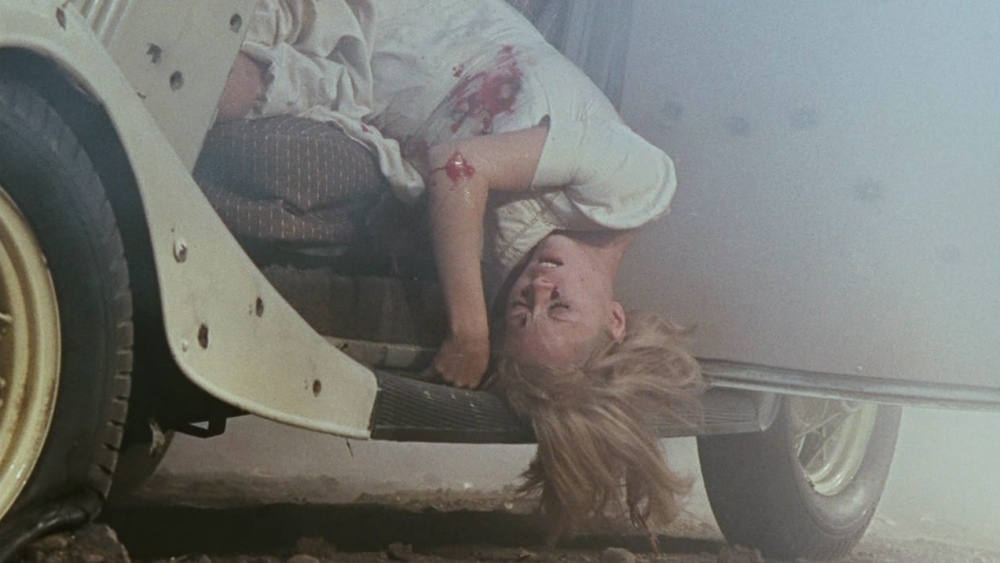For class I have officially watched three films, all with different themes and plots. However, one thing was still very prominent and that was their use of violence. Each film handled the idea of violence with such difference but it still was front and center, especially in two of the films; Kill Bill vol 1. and Bonnie and Clyde.

I first watched Kill Bill vol 1 when it originally came out. I was really into the action; it wasn’t anything new to me though. At that time I have already seen a plethora of rated R films so that extent of gore was nothing. The blood was treated as another day in the park. Bonnie and Clyde managed to have the same feel. Even with bullets flying about their is no shock value to a modern viewer. This wasn’t always so.

When Bonnie and Clyde first came out it shocked the nation. The film came out in 1967. Before that movies didn’t show blood on screen and if they did it was in black and white. At least major Hollywood projects didn’t. Bonnie and Clyde was a major project; the film had such buzz surrounding it. With such buzz, audiences flocked to see the film and they were astounded. Not since Psycho was there such a film of intense scenes. Watching it today it seems almost PG – even laughable to those who deem themselves thrill seekers in film.

This started a new trend in cinema. Bonnie and Clyde received 10 Academy Award nominations (taking home 2) and other producers, directors, and screen writers took notice. Just two years later Kubrick would put out a film that’s dedicated to ultra-violence, “A Clockwork Orange”; and without the success of Bonnie and Clyde it wouldn’t have been possible.

This would keep on going even up into the 1990’s, when a young Quentin Tarantino stepped unto the scene with “Reservoir Dogs”; this film, along with “Pulp Fiction” put him on the top of everyone’s list as the new face of directing. He wasn’t shy about language, violence, and content. He built his career on shocking the viewers and with such intent he created the blood bath that is Kill Bill.

In Kill Bill the gore is almost comical, especially in the scene where the protagonist fights the infamous gang the Crazy 88. When swords are flying, blood is spewing as if from a sprinkler. The film raters told him that it was too much; but Tarantino wasn’t going to change the scene. Instead, when it became too much, he simply changed the color scheme to be black and white to keep an R rating. The scene became one of his best filmed scenes. The scene was also necessary for the movie and without there wouldn’t have been a climax.

Like Kill Bill, the violence in Bonnie and Clyde important to tell the story. Without it, there would be less of an impact to the story. The final scene is the single most important part of the movie; and it’s the most graphic. If the director originally cut it from the final product, the movie wouldn’t have mattered. The director also stuck true to the real story of how our two outlaws met their end.

Yes, we are always going to have movies that simply add violence to shock audiences instead of adding to the story. It’s very easy now to find “snuff” films where the director tries to advertise it as “art” when in reality they are just trying to make publicity for the product they are selling. But, violence isn’t a bad thing when it really makes the moment have more impact. It’s a way to bring someone in and really get a feel of what someone is going through. Overall, Bonnie and Clyde did justice to Hollywood who was about making everything so lovely and happy ending. It allowed films to be more raw.
Resources
Quentin Tarantino Makes His One True Action Movie
Violence in Film; Is Less More?